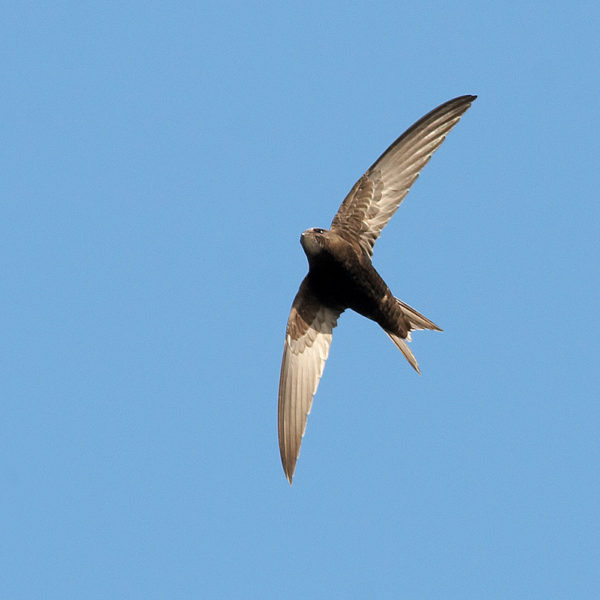Key Facts
- Length: 16-17cm
- Wingspan: 45cm
- Weight: 44g
- Average lifespan: 9 years
- Conservation status: Classified in the UK as Red under the Birds of Conservation Concern 5: the Red List for Birds (2019).
- When to see: April to August
The swift is a fast-flying, streamlined bird with long, curved wings and a short, forked tail.
Originally nesting on cliffs, it now mainly nests in buildings such as churches, chimneys and even tower blocks; it is particularly common in older parts of towns and cities. Arriving in Britain in April from their wintering grounds in Africa, swifts feast on flying insects.
Sheffield Swift City
Sheffield is on a mission to become a ‘Swift City’ – a declaration of ambition from the people of Sheffield to protect our red-listed swifts and work together for their conservation across the city. Sheffield & Rotherham Wildlife Trust is working at the heart of this endeavour, supporting the work of the Sheffield Swift Network – a collaboration of local groups dedicated to taking action for swifts in their communities and across the city.
How to identify
Larger than swallows and martins, swifts are black all over with a small pale patch on the throat. Looking a bit like a boomerang when in the air, swifts are very sociable and can often be spotted in large groups wheeling over roofs and calling to each other with high-pitched sounds. They do not perch on wires like swallows.
Where and when to find
A common and widespread summer visitor.
Did you know?
Swifts spend almost their entire life on the wing, even sleeping and mating whilst flying, only landing to nest.
How you can help
Although common, breeding populations of swifts have been declining over recent decades. With modern building techniques, the swift’s preferred nesting cavities in buildings, such as those under eaves, are becoming few and far between. Specially developed nestboxes may help this species to survive in our towns and villages.
To find out more about encouraging wildlife into your garden, visit our Wild About Gardens website: a joint initiative with the RHS, there’s plenty of facts and tips to get you started.
Specially designed nestboxes help this species to survive in our towns and villages, where renovation work often blocks the small holes they use to access their nest sites. To discover more about swifts and the range of boxes available, visit www.swift-conservation.org or actionforswifts.blogspot.com
Let us know if you see swifts at home, or when out and about – your records are really important to help us assess the wellbeing of the swift population – at wildsheffield.com/sightings.
To find out more about encouraging wildlife into your garden, visit the wildlife gardening section of our website, where there are plenty of facts and tips to get you started.
Fallen or injured swifts
Should you encounter a swift that has been injured, contact Sheffield Swift Rescue, who facilitate the rescue and rehabilitation of any fallen or injured Swift in Sheffield and South East Derbyshire.
Please WhatsApp 07396 712589 with photos.
You can also find more information and advice about fallen or injured swifts or other birds from Pet Samaritans on 01246 455777 (Chesterfield) and The Special Branch.
Join your local swift group
There are a number of swift groups in Sheffield who are installing nestboxes, recording local activity and sightings to help the species. Why not get in touch with your local group and ask for more information? Find out more at our dedicated Sheffield Swift City page.
Watch and Listen
Swifts have a distinctive high-pitched call, which can be described as a ‘screech’. A large group of calling swifts can sometimes be referred to as a ‘screaming party’. It is a familiar and recognisable noise, which many associate with nature’s ‘Sound of the Summer’. Listen below…
Similar Species
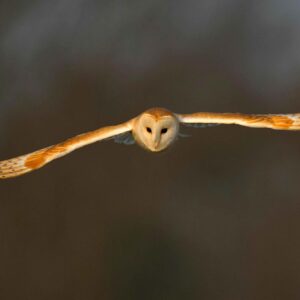
Barn Owl
- Birds
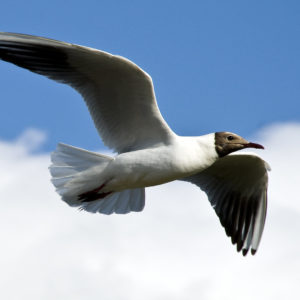
Black-Headed Gull
- Birds
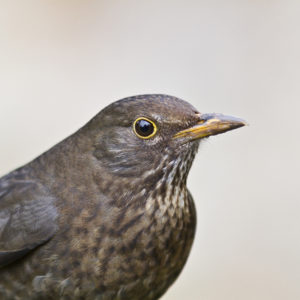
Blackbird
- Birds
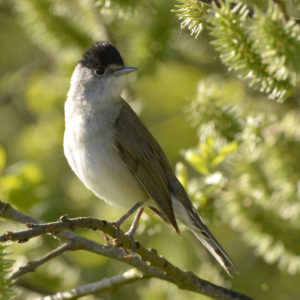
Blackcap
- Birds
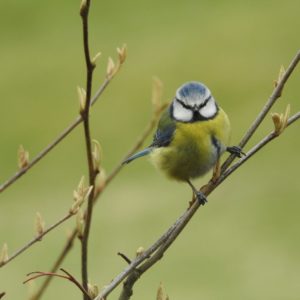
Blue Tit
- Birds
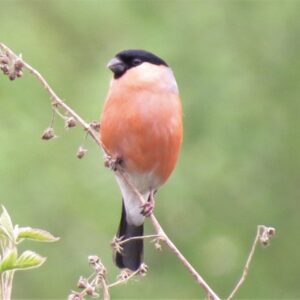
Bullfinch
- Birds
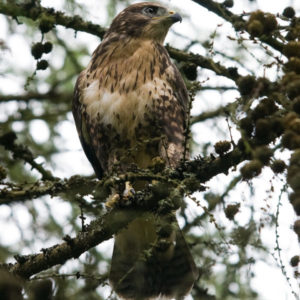
Buzzard
- Birds
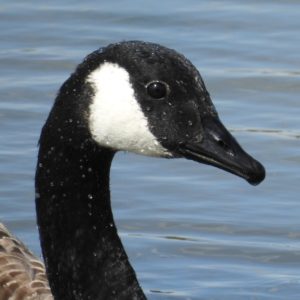
Canada Goose
- Birds
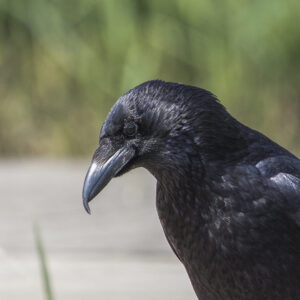
Carrion Crow
- Birds
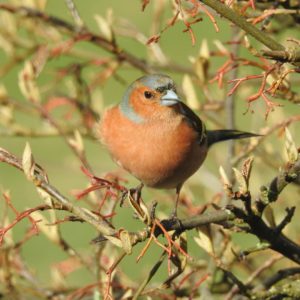
Chaffinch
- Birds
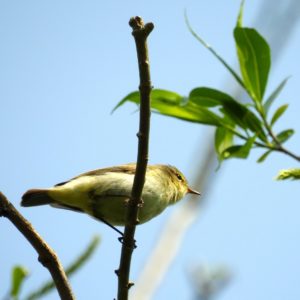
Chiffchaff
- Birds
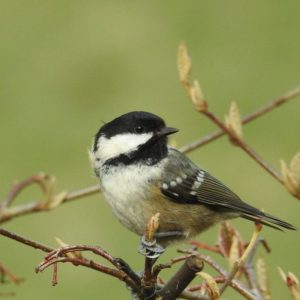
Coal Tit
- Birds
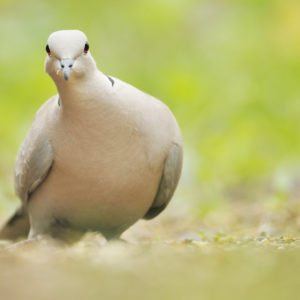
Collared Dove
- Birds
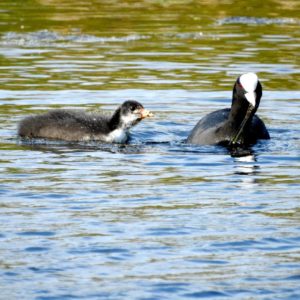
Coot
- Birds
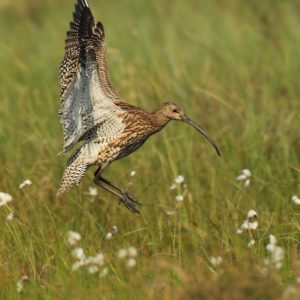
Curlew
- Birds
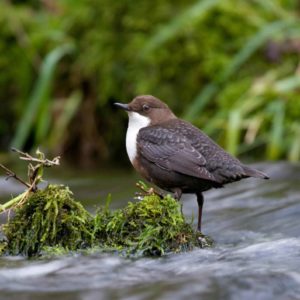
Dipper
- Birds
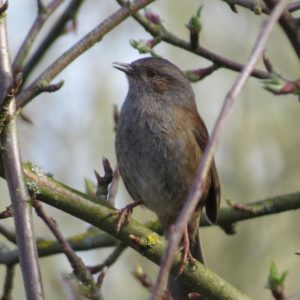
Dunnock
- Birds
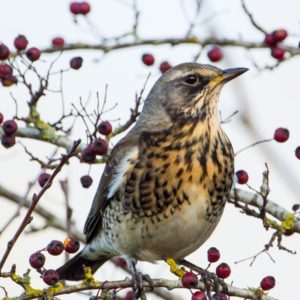
Fieldfare
- Birds
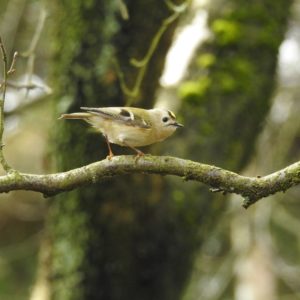
Goldcrest
- Birds
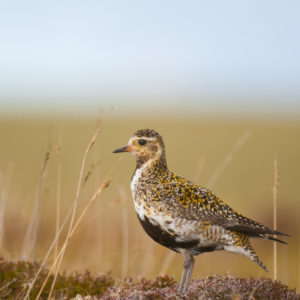
Golden Plover
- Birds
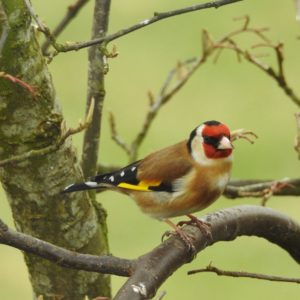
Goldfinch
- Birds
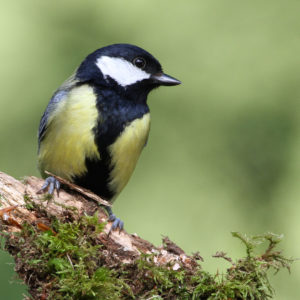
Great Tit
- Birds
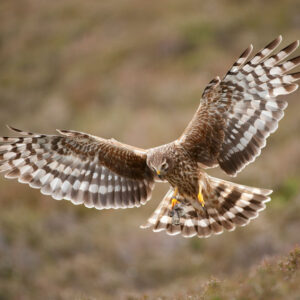
Hen Harrier
- Birds

Herring Gull
- Birds
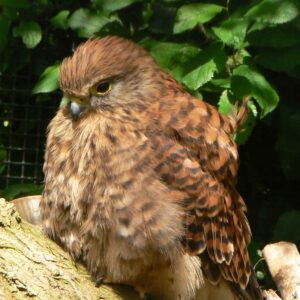
Kestrel
- Birds
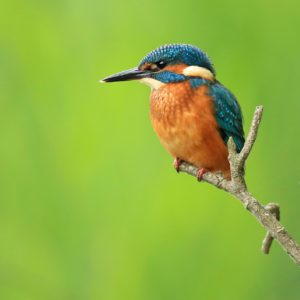
Kingfisher
- Birds
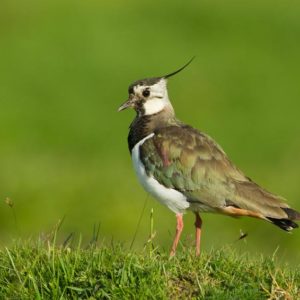
Lapwing
- Birds
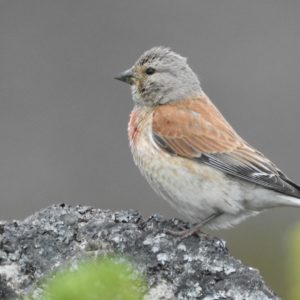
Linnet
- Birds
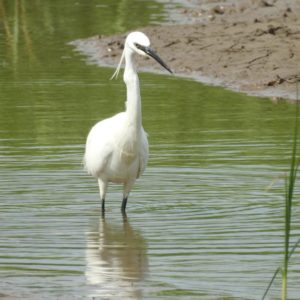
Little Egret
- Birds
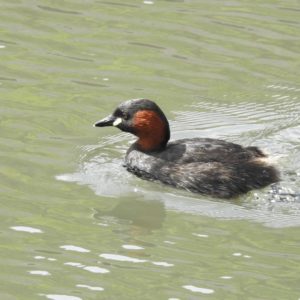
Little Grebe
- Birds
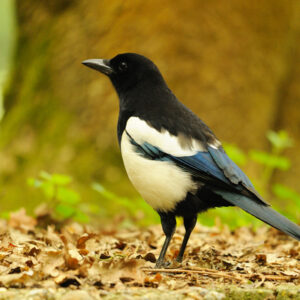
Long-Tailed Tit
- Birds

Magpie
- Birds
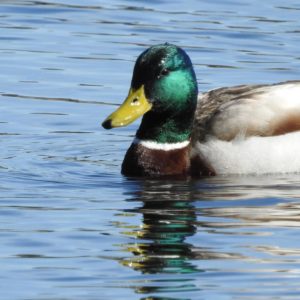
Mallard
- Birds

Mandarin Duck
- Birds
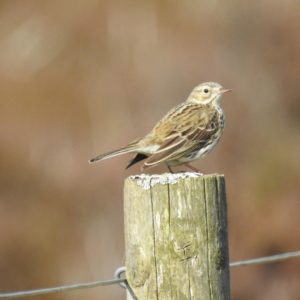
Meadow Pipit
- Birds
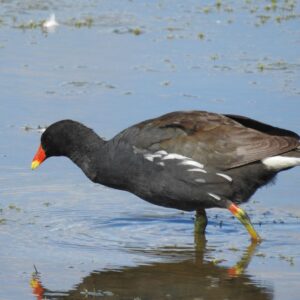
Moorhen
- Birds
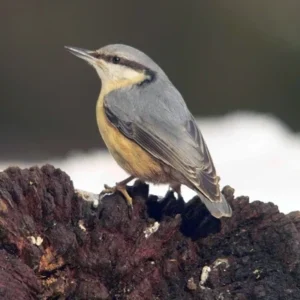
Nuthatch
- Birds
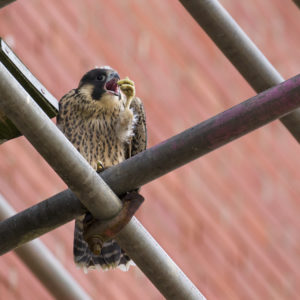
Peregrine falcon
- Birds
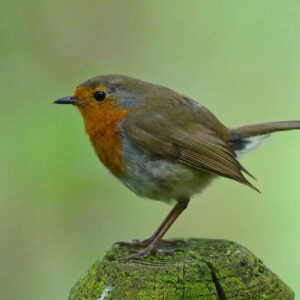
Robin
- Birds
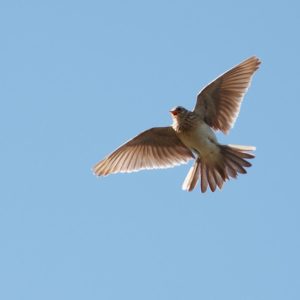
Skylark
- Birds
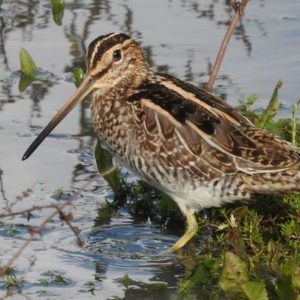
Snipe
- Birds
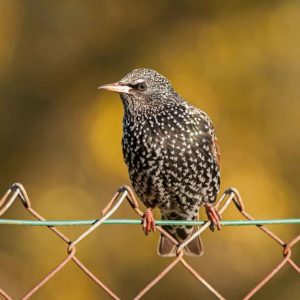
Starling
- Birds
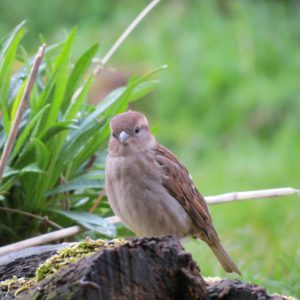
Tree Sparrow
- Birds
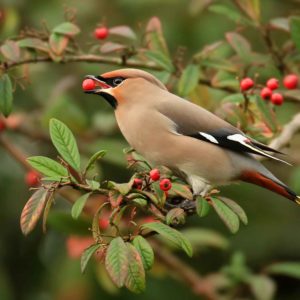
Waxwing
- Birds
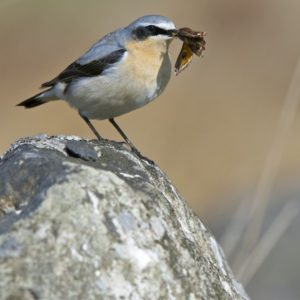
Wheatear
- Birds
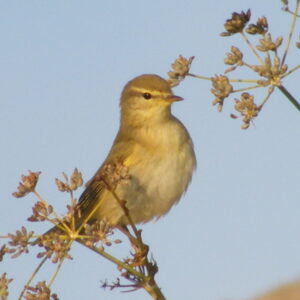
Willow Warbler
- Birds
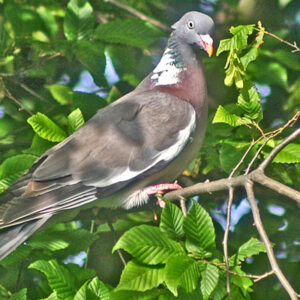
Wood Pigeon
- Birds
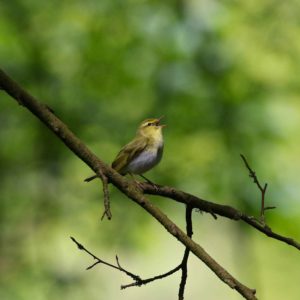
Wood Warbler
- Birds
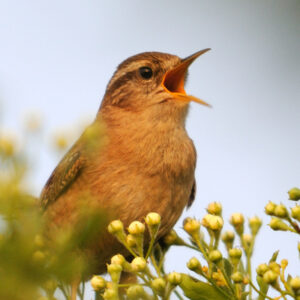
Wren
- Birds
